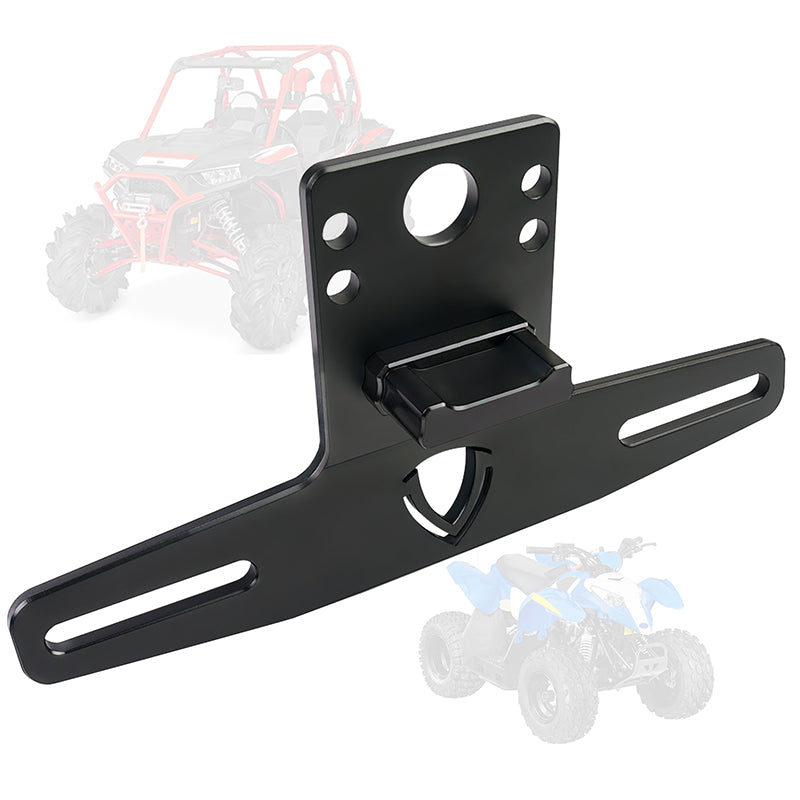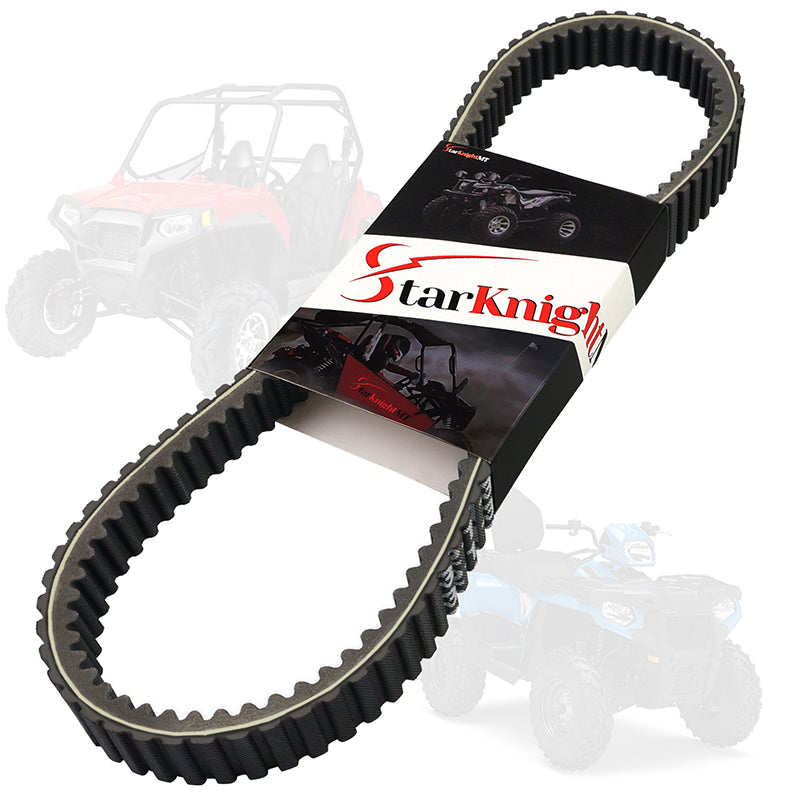How to Remove Scratches From a UTV Polycarbonate Windshield
Polycarbonate windshields are a popular choice for utility terrain vehicles (UTVs) due to their durability and resistance to impact. However, they are not immune to scratches, which can impair visibility and affect the overall appearance of the vehicle. This article provides a detailed guide on how to effectively remove scratches from a UTV polycarbonate windshield.
Do Polycarbonate Windshields Scratch Easily?
Yes, polycarbonate windshields are more susceptible to scratches and abrasions compared to glass. Although polycarbonate is a robust and flexible thermoplastic, known for its strength and impact resistance, its surface is softer than glass. This softness makes it more prone to getting scratched, particularly under rough handling or exposure to abrasive materials.Get more windshields comparison info: Polycarbonate vs. Glass Windshields
What to Do Before Removing Scratches From a UTV Polycarbonate Windshield
1. Assessing the Damage
The initial and crucial step in the scratch removal process is the careful evaluation of the scratches' severity. This evaluation is pivotal as it determines the approach and techniques to be used for effective scratch removal. Scratches on polycarbonate windshields can be broadly classified into two categories:
- Superficial Scratches: These are relatively minor abrasions that remain on the surface of the windshield. Their appearance is often attributed to regular usage or maintenance activities. For instance, cleaning the windshield with materials that are inadvertently abrasive can result in such superficial scratches. While these scratches might not significantly impair visibility, they can detract from the aesthetic appeal of the windshield.
- Deep Scratches: These are more pronounced and severe in nature. Unlike superficial scratches, deep scratches penetrate further into the polycarbonate material. They are typically discernible to the touch; you can often feel these scratches when you run a fingernail over them. The causes of deep scratches are usually more substantial, such as impacts from road debris or accidents. These types of scratches can potentially compromise the windshield's structural integrity and clarity, making their effective removal imperative.
2. Required Materials
The following items are necessary:
- Water: Essential for cleaning the windshield and preparing it for the scratch removal process.
- Soft Cloth or Sponge: These are used for gently cleaning the windshield. It's important to use materials that are soft to avoid adding any new scratches during the cleaning process.
- Mild Soap: A mild soap is preferable for cleaning, as it effectively removes dirt and grime without being harsh on the polycarbonate material.
- Polycarbonate Windshield Cleaner: Specially formulated cleaners for polycarbonate surfaces ensure that the cleaning process does not damage the windshield.
- Microfiber Towels: These towels are used for drying and polishing the windshield. Their soft texture is ideal for handling delicate surfaces like polycarbonate.
- Scratch Remover Kit for Polycarbonate or Plastic Polish: These products are specifically designed to treat and minimize the appearance of scratches on polycarbonate surfaces.
- Sandpaper (for deep scratches): In cases of deep scratches, progressively finer grits of sandpaper are used to gently sand down the protruding edges of the scratch, thereby smoothing it out.
- Masking Tape: This is used to protect the areas surrounding a deep scratch during the sanding process, ensuring that only the affected area is treated.
Equipping yourself with these materials sets the stage for effectively restoring the clarity and appearance of your UTV's polycarbonate windshield.
Step-by-Step Guide to Getting Rid of Scratches From UTV Windshield
How to remove Superficial Scratches From a UTV Polycarbonate Windshield
- Cleaning: Start by thoroughly cleaning the windshield. Use a mixture of water and mild soap, applying it gently with a soft cloth or sponge. This step is essential for removing any dirt, dust, or debris that could interfere with the scratch removal process. Once cleaned, rinse the windshield thoroughly with water. Then, use a microfiber towel to dry the surface completely, ensuring it's free from any moisture or residue.
- Applying Scratch Remover: Next, take a small amount of polycarbonate scratch remover or plastic polish and apply it to a clean microfiber towel. Using this towel, gently rub the scratch remover into the affected area in a circular motion. This motion helps to evenly distribute the product and effectively target the scratch.
- Buffing: Continue to buff the area gently. The goal here is to generate a bit of heat through friction, which aids in blending the scratch with the surrounding area. If needed, add more polish to ensure that the area is well-treated. Be mindful of the pressure applied during buffing to avoid creating new scratches.
- Final Cleaning: Once the scratch has been adequately treated, use a clean microfiber towel to wipe away any excess polish. Follow up by cleaning the windshield one more time with a polycarbonate windshield cleaner. This step ensures that any leftover residue from the scratch remover is eliminated, leaving your windshield clear and streak-free.
How to remove Deep Scratches From a UTV Polycarbonate Windshield
- Tape Around the Scratch: Begin by placing masking tape around the scratch. This tape acts as a protective barrier, safeguarding the untouched areas of the windshield from potential damage during the sanding process. Ensure that the tape is securely applied to create a clear boundary around the scratch.
- Sanding: Initiate the sanding process using a higher grit sandpaper such as 800 grit. Sand the scratch gently, making sure to keep the area wet. This wet sanding technique helps in minimizing additional damage to the windshield. After the initial sanding, gradually shift to finer grits, like 1000 or 1200, to further smooth the scratched area. This progression is crucial for gradually diminishing the visibility of the scratch.
- Cleaning: Post-sanding, it's vital to clean the area. Use water and a soft cloth to meticulously remove any sanding dust or particles. This cleaning not only preps the surface for the next step but also gives you a chance to assess the effectiveness of the sanding.
- Polishing: Similar to the process for superficial scratches, apply a plastic polish or scratch remover to a microfiber towel and buff the sanded area. This step aims to polish the treated area, enhancing its smoothness and clarity.
- Final Touches: To conclude, remove the masking tape carefully. Perform a final comprehensive cleaning of the entire windshield using a suitable polycarbonate cleaner. This step ensures the removal of any remaining polish or sanding debris, leaving your windshield looking as good as new.
Following these detailed steps for both superficial and deep scratches will help restore your UTV's polycarbonate windshield to a clear and visually pleasing state. Remember, patience and precision are key to achieving the best results.
Last Words
Removing scratches from a UTV polycarbonate windshield requires patience and the right approach. Whether dealing with superficial or deep scratches, following these steps will help restore clarity and maintain the windshield's integrity. Regular maintenance and proper cleaning techniques are key to prolonging the life of your polycarbonate windshield.
Q&A
Q1: Can I use regular glass cleaner on my UTV's polycarbonate windshield?
A1: No, it's not advisable to use regular glass cleaners on polycarbonate windshields. These cleaners often contain chemicals that can damage the polycarbonate material. Instead, use cleaners specifically formulated for polycarbonate or mild soap and water.
Q2: Are DIY methods like using toothpaste effective for removing scratches?
A2: While DIY methods like toothpaste can sometimes offer a temporary fix for very light scratches, they are not recommended for polycarbonate windshields. These methods might not be effective enough and can potentially cause further damage. It's better to use products specifically designed for polycarbonate scratch removal.
Q3: How often should I clean my polycarbonate windshield to prevent scratches?
A3: Regular cleaning is essential to prevent scratches. Clean your windshield at least once a week or more frequently if it's exposed to harsh conditions. Always use a soft cloth or sponge and appropriate cleaners.
Q4: Can deep scratches on a polycarbonate windshield be fully removed?
A4: Deep scratches can be significantly reduced in visibility, but they may not be completely removable. Using sandpaper and polish can smooth out the area and make the scratch less noticeable. However, if the scratch is too deep, it might affect the structural integrity of the windshield.
Q5: Is it necessary to apply a protective coating after removing scratches?
A5: Applying a protective coating after scratch removal isn't mandatory but is highly recommended. These coatings can provide an additional layer of protection against future scratches and extend the life of your windshield.
Q6: How do I prevent my polycarbonate windshield from getting scratched?
A6: To prevent scratches, avoid cleaning with abrasive materials, use proper cleaning agents, and handle the windshield gently. Also, consider applying a protective film or coating for added resistance against scratches.
Q7: Can scratches affect the safety of my UTV?
A7: While minor scratches are mostly a cosmetic issue, severe scratches, especially those that impair visibility, can pose safety risks. It's important to address significant damage promptly to maintain safe driving conditions.














Leave a comment